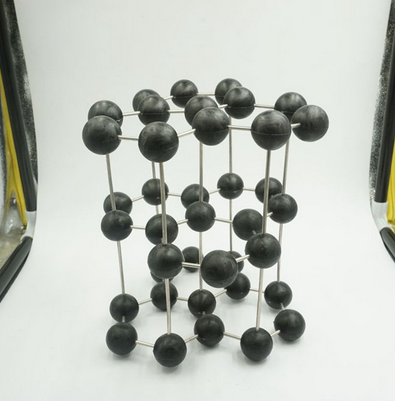Get our latest news
Copyright © 2018 cnqhkj.com Inc. All rights reserved. 浙ICP备12047550号 Powered by www.300.cn ningbo
Subscription
Tel:+86-574-65335615
Email:qinghua@qinghuakj.com
Special properties of Graphite molecular structure
Graphite molecular structure has the following special properties due to its special structure:

1. High temperature resistance: The melting point of graphite is 3850±50℃, and the boiling point is 4250℃. Even if it is burned by an ultra-high temperature arc, the weight loss is very small, and the thermal expansion coefficient is also small. The strength of graphite increases with increasing temperature, and at 2000 °C, the strength of graphite doubles.
2. Electrical and thermal conductivity: The electrical conductivity of graphite is one hundred times higher than that of ordinary non-metallic minerals. Thermal conductivity exceeds that of metal materials such as steel, iron, and lead. The thermal conductivity decreases with increasing temperature, and even at extremely high temperatures, graphite becomes a thermal insulator. Graphite can conduct electricity because each carbon atom in graphite forms only 3 covalent bonds with other carbon atoms, and each carbon atom still retains 1 free electron to transmit charges.
3. Lubricity: The lubricating performance of graphite depends on the size of the graphite flakes. The larger the flakes, the smaller the friction coefficient and the better the lubricating performance.
4. Chemical stability: Graphite molecular structure has good chemical stability at room temperature, and is resistant to acid, alkali and organic solvent corrosion.

